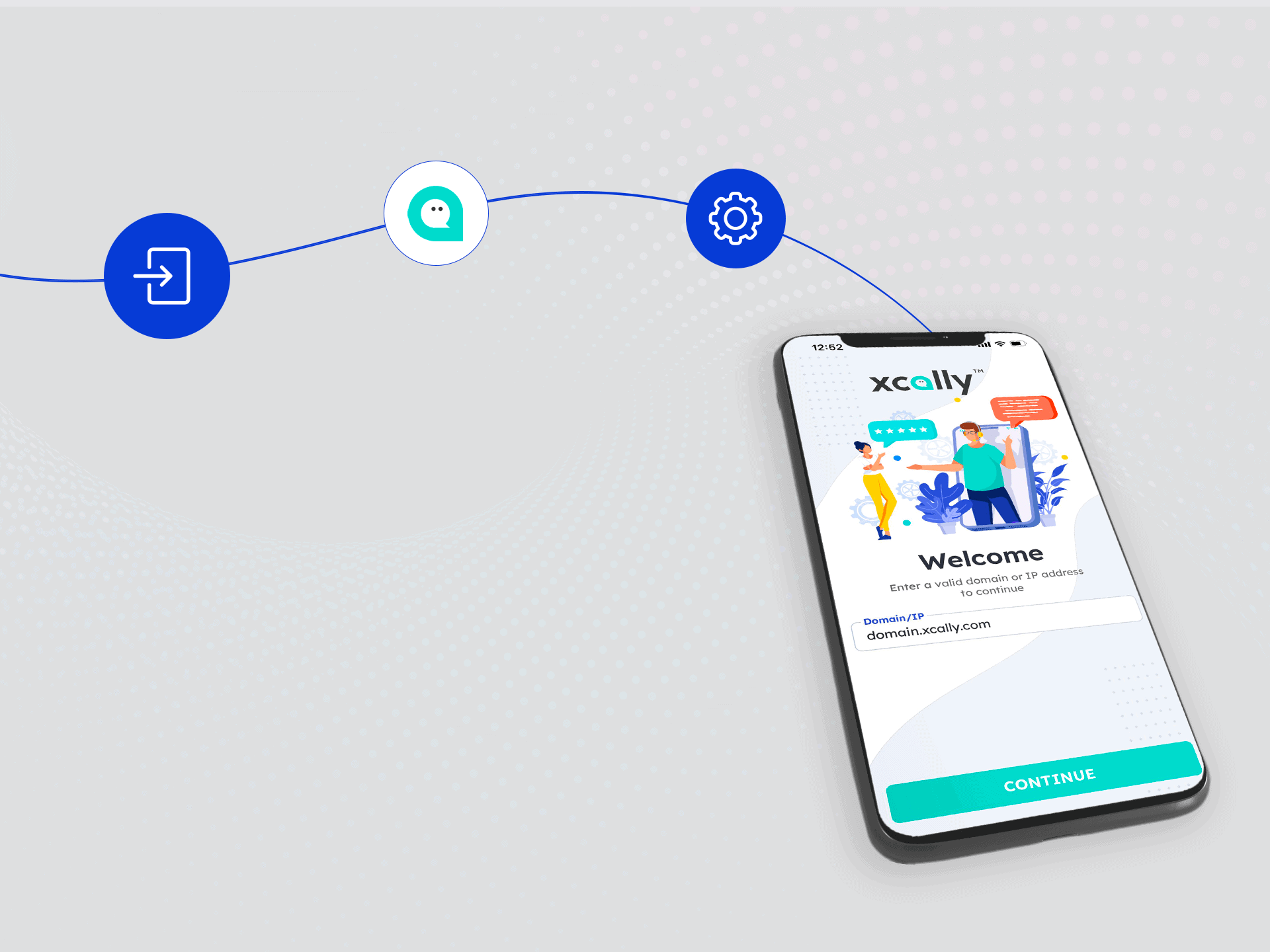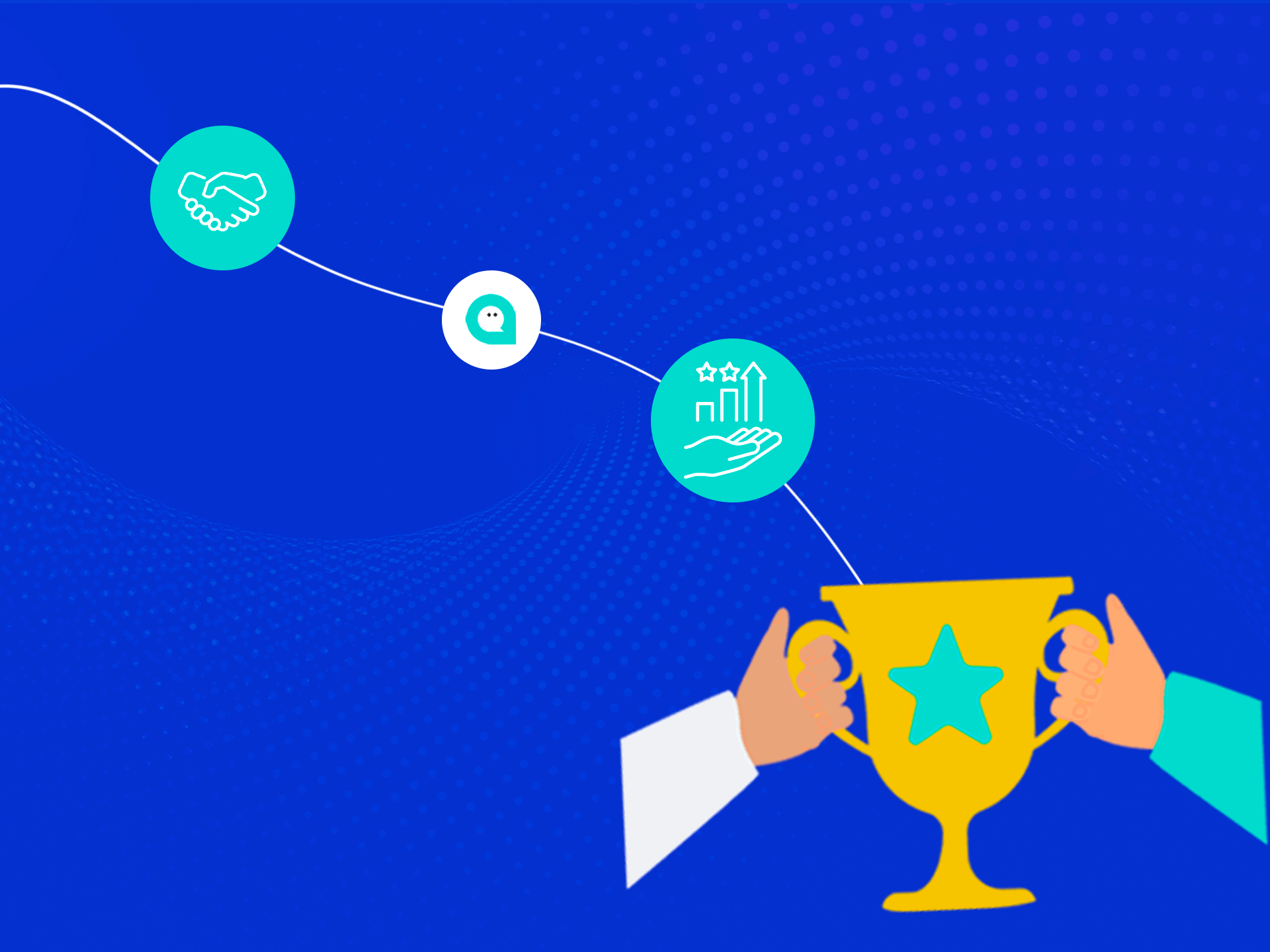What is workforce management?
Workforce Management (or Work Force Management or WFM) is a set of processes and strategies used by companies to manage personnel and workforce-related activities. In general, WFM aims to maximize the efficiency, productivity, and quality of work performed by employees.
There are many different activities that can fall under workforce management, such as recruitment planning, defining staffing requirements, training, shift scheduling, time and attendance tracking, and performance management.
Moreover, WFM can involve the use of specific tools and software to automate some activities, such as task scheduling or managing employment relationships. The main goal of WFM is therefore to ensure that the company using this tool has the right personnel, with the right skills, at the right time and in the right numbers, in order to optimize productivity and quality of work.
How does workforce management work?
Through WFM, companies can reduce labor costs and improve productivity by accurately planning the human resources needed to meet customer demand. In addition, WFM allows companies to have greater control over their employees' activities, ensuring greater transparency and better compliance with labor regulations.
But how does it work exactly, and how are the processes of Workforce Management structured?
Technology plays a fundamental role, as it allows for the automation of many activities. This reduces errors and improves data accuracy, increasing the company's forecasting ability and allowing for better real-time decision-making.
WFM includes several elements that can be organized into four main phases: planning, assignment, monitoring, and personnel management.
Planning
In the planning phase, the company's objectives are defined, customer demand is forecasted, and the human resources needed to meet demand are estimated. In this phase, WFM uses historical data to identify trends and variations in customer demand, allowing the company to anticipate any workload peaks and plan accordingly.
Assignment
In the assignment phase, work schedules are created for each employee based on the company's needs and employee preferences. In this phase, WFM uses advanced algorithms to create work schedules that maximize efficiency, minimize labor costs, and maintain adequate personnel coverage.
Monitoring
In the monitoring phase, data related to employee attendance, hours worked, and performance are recorded and analyzed in real-time. In this phase, WFM provides detailed information on employee activities, allowing managers to monitor productivity, identify any problems, and intervene promptly.
Personnel management
In the personnel management phase, hiring, training, and employee development processes are managed. In this phase, WFM allows managers to plan human resources in the long term, identify any skills gaps, and provide the necessary training to employees to address job challenges.
In summary, WFM is a complex process that uses advanced technologies and planning algorithms to efficiently and effectively manage human resources. Thanks to Workforce Management, companies can achieve greater productivity, reduce costs, and improve the quality of service provided to customers.
Tools and technologies for human resource management
There are many tools and technologies available for human resources management, which allow approaching WFM in different ways depending on the needs of different companies. Among the most used and well-known, we can certainly mention:
- Human Resource Management Software (HRMS): these are software designed to simplify and automate human resources management processes, such as performance management, personnel management, workforce planning, employee data management, and much more.
- Talent Management Systems (TMS): these systems allow managing the entire employee lifecycle, from selection and hiring, to orientation, training, and professional development, to career planning.
- Personnel Management Applications: these applications allow employees to access information related to their performance, compensation, absences, and holidays, and to make requests for leave and other personnel management activities.
- E-Learning Platforms: these platforms allow employees to access online training courses and develop their skills and knowledge autonomously.
- Performance Monitoring and Evaluation Tools: these tools allow monitoring and evaluating employee performance and identifying areas for improvement.
- Data Analysis Tools: these tools allow analyzing data related to employee performance, workforce management, and labor market trends, to identify strengths and weaknesses and make informed decisions.
- Collaboration and Communication Platforms: these platforms allow employees to collaborate, communicate, and share information efficiently, both internally and externally.
The benefits of workforce management for your company
The methodology with which one manages their staff through WFM tools obviously offers numerous benefits and guarantees:
- Greater efficiency: thanks to the automated workforce management, it is possible to reduce the time and resources needed for personnel planning, resource allocation, leave and absence management, and report generation.
- Increased productivity: optimal allocation of human resources and intelligent activity planning can increase employee productivity and improve the efficiency of business processes.
- Better employee satisfaction: employees have access to tools to manage their activities, leave requests, and personal information, reducing frustration and time wasted in administrative tasks.
- Cost savings: efficient management of human resources can reduce organizational costs, such as those related to staff training, overtime hours, and fixed-term hires.
- Greater accuracy: the use of automated management systems guarantees greater precision in activity planning, shift management, and salary processing, reducing the risk of errors and ensuring compliance with regulations.
However, to make the most of workforce management, it is important to consider some critical aspects. First, it is necessary to actively involve employees in the implementation of the methodology, providing them with adequate training and support. This way, potential resistance or misunderstandings can be avoided, and the methodology can be adopted by all team members.
Moreover, it is important to use advanced technologies and specific software solutions for workforce management. This way, any problems or critical issues can be identified and intervened in a timely manner, improving the company's performance.
Finally, it is important to consider the impact of workforce management on the company culture and relationships between employees. Thanks to its ability to promote transparency and communication, this methodology can contribute to improving collaboration and cohesion among team members. However, it is important to manage organizational changes carefully and communicate goals clearly and transparently.
xplany, XCALLY's WFM system
Thanks to xplany, XCALLY's workforce management solution, you can use a powerful set of features to help you organize and optimize your company's workforce resources. Based on the cloud and scalable, with automated and optimized shift processes based on people's needs, xplany can be used as a standalone product or integrated with external systems and databases.
This obviously brings certain benefits:
- Reduced operational costs and execution time
- Simple shift scheduling thanks to AI algorithms
- Workload forecasting based on historical data
- Right resource planning at the right time
- No human error or transcription errors due to manual methods
- Equal distribution of work
At the same time, xplany's people-centric approach allows it to be perceived as a tool that improves the daily life of the business and the quality of employees' work, without losing the extreme precision of an AI-based service.



